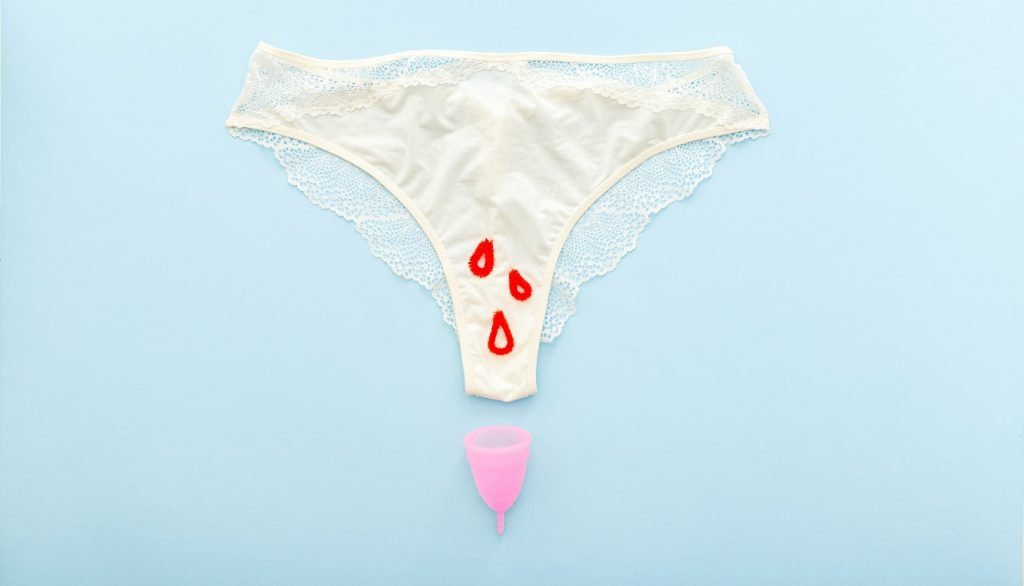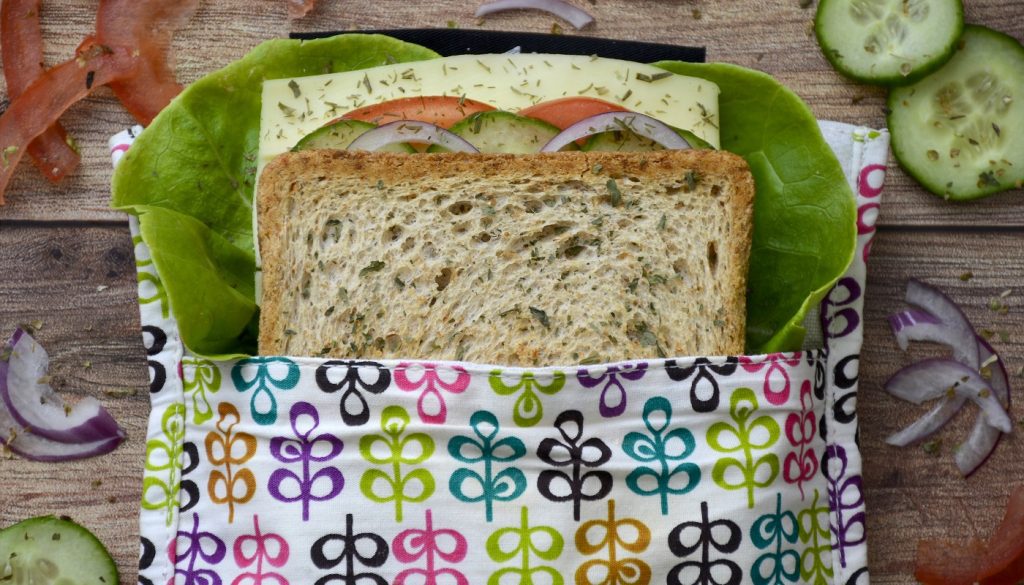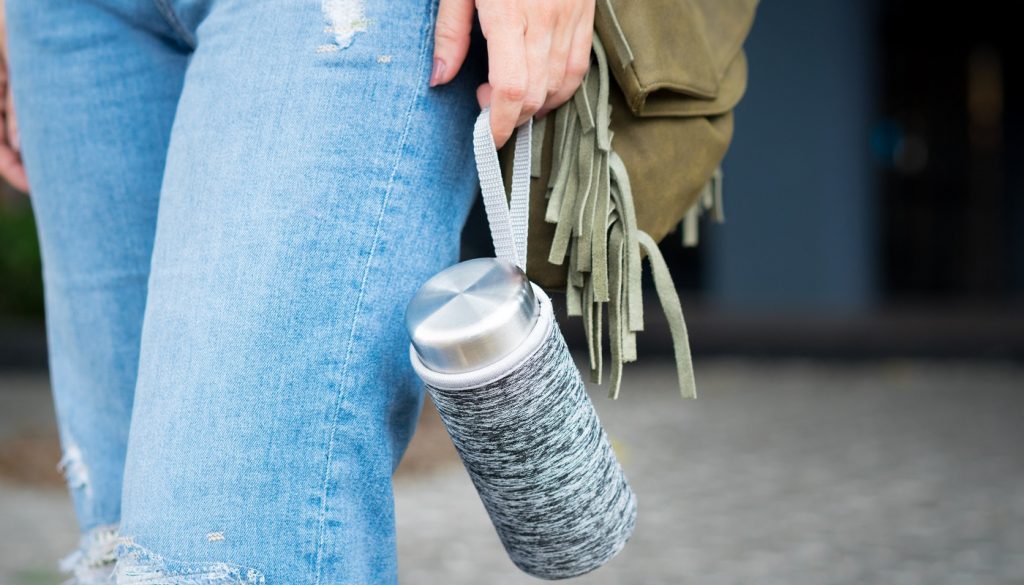Composting is the process of transforming organic waste, such as food scraps and animal manure (known in the gardening world as “black gold”), into nutrient-dense soil that may be used to grow plants or nurture your garden. Composting allows you to recycle some of those kitchen scraps and turn them into nutritious soil feeders.
This is great for nurturing your plants and reducing your carbon footprint because food waste off gases in landfills.
We’ll show you how to create a compost pile whether you live in a city apartment, sustainable commune, or somewhere in between.
What is composting?
Composting is the process of transforming organic waste, such as food scraps and animal manure (known in the gardening world as “black gold”), into nutrient-dense soil that may be used to grow plants or nurture your garden. Composting allows you to recycle some of those kitchen scraps and turn them into nutritious soil feed.
Why is composting important?
While we may think of organic waste as garbage, it actually contains valuable nutrients that can be used to help new plants grow. Plus, saving materials from landfills is good for the environment.
Here are the top reasons to compost:
Less food waste
Together, food scraps and yard waste now account for more than 30% of what we put into the trash. Composting them instead could be a good idea.
Fewer harmful emissions
When organic matter decomposes, it does so aerobically, or through the action of microorganisms that require oxygen. When compostable waste is buried at a landfill, it is immediately covered by other garbage, which deprives the decomposers of access to a regular supply of oxygen.
Biogas is formed as a by-product during anaerobic decomposition. This biogas is roughly 50 percent methane and 50 percent carbon dioxide, both of which are strong greenhouse gases. Methane being 28 to 36 times more powerful than CO2 in retaining heat in the atmosphere over a century.
Great for plants!
Not only is composting good for the environment, but it’s also great for your plants. Compost enriches the soil, making it more fertile and able to retain moisture better. It also helps to suppress plant diseases and pests. As an added bonus, using compost can cut down on the amount of fertilizer you need to use.
What to compost
While scraps end up in a compost pile rather than the garbage can is an excellent alternative, not every item of waste in your kitchen should go there.
Brown and green ingredients are the two most essential components for excellent compost.
Brown materials are rich in carbon, such as egg shells and dead leaves. Green ingredients are those that are rich in nitrogen; they’re what you want to compost (for example, banana peels). A 2:1 ratio of browns to greens is ideal in your compost.
A rotten egg stench may develop if you compost incorrectly.
This is an indication that decomposition has been stalled. Worse, adding the wrong plants and weeds to your compost may cause it to become poisonous to the future plants and yards you might sprinkle it on.
“Green” things to compost:
- Loose tea
- Tea bags
- Fruits
- Veggies
- Flowers
- Coffee grounds and filters
- Food scraps
- Manure
- Weeds
“Brown” things to compost:
- Dead leaves
- Wood chips
- Straw
- Sawdust
- Eggshells
- Shredded newspaper
- Branches and twigs
- Corn stalks
What not to compost:
- Plastic or other inorganic materials
- Cooking oils
- Plants or weeds that have diseases or fungal infections
- Meat, fish, and dairy
- Citrus fruit peels
- Barbeque charcoal
- Plants or weeds treated with pesticides
- Glossy magazine paper
Where to put your compost pile or bin
While you may compost indoors, the most popular approach to do so is to build an outside pile. This keeps the odors and decomposition out of your house while allowing them to escape into the environment!
Find a sunny spot in your yard for your compost pile. The sun will help break down the organic matter. If you can choose a location near a water source, such as within reach of your garden hose. That way you can add water to the pile easily. You might also choose a location close to a barbecue pit, trash can, or outdoor hangout spot. This will increase the likelihood of you actually remembering to compost and visiting the spot regularly.
Options for composting:
- Create a pile on the ground
- Build or buy a compost bin
- Build or buy an enclosed compost area with pallets
- Buy a compost tumbler
Hot composting versus cold composting
There are two ways to compost: hot and cold. The method you choose will affect how long it takes for your compost to break down.
Hot composting is the fastest way to break down organic matter. A hot compost pile needs to be at least four feet by four feet, and should be turned every few days. A hot pile needs a sufficient quantity of high-nitrogen materials to get the pile hot. The ratio by volume should be 2 parts carbon to 1 part nitrogen.
A cold pile is the least time-consuming composting methods, but it does result in compost that you can use in your garden after a year or two. All you have to do is put your compost materials in a pile and wait for them to break down.
Cold composting is also known as “no turn” composting.
How to compost
Now that you know what to compost and how, it’s time to get started!
There are many ways to compost, but we’ll show you how to do it in 7 easy steps.
Step 1. Start collecting some materials
You can use a mix of green and brown materials, but make sure you have more greens than browns. Some good green materials include fruit and vegetable scraps, grass clippings, coffee grounds, and eggshells. Brown materials include dead leaves, twigs, straw, and paper products. You can also add manure from herbivores.
Step 2. Create layers of brown and green materials
You can do this in a compost bin, or simply create layers on the ground. If you’re using a bin, start with a layer of brown materials. Then add a layer of green materials, followed by another layer of browns. Repeat this process until your bin is full.
Step 3. Add a little bit of water
You don’t want your compost to be too wet, or it will start to smell. A general rule of thumb is to add enough water so that the materials are moist, but not soaked.
Now that you have all your materials in the bin or pile, it’s time to let them decompose!
Step 4. Turn your compost pile every few days
Now that you know what to compost and where to put it, you might be wondering how often you need to turn your pile. The answer is: it depends.
If you’re hot composting, you’ll need to turn your pile every few days to aerate it and keep the decomposition process going. You can do this with a shovel or pitchfork. If you’re cold composting, there’s no need to turn the pile.
If you live in a warm climate, your compost will break down faster than if you reside in a colder area. You should also turn your pile more frequently if it’s small.
Step 5. Troubleshoot any issues with your compost pile
If you notice your compost pile is too wet, add some more brown materials. If it’s too dry, add some green materials or water. If it smells bad, it might be too wet. Turn the pile to aerate it and see if that solves the problem.
You should also check to make sure your compost has a good mix of brown to green materials. While a 2:1 ratio is ideal in most climates, a 3:1 mix might work better for you.
If your compost pile isn’t breaking down as fast as you’d like, add more green materials such as fruit and vegetable scraps. The extra nitrogen will help speed up the process.
Step 6. Use the compost
After a few months (or up to two years if you’re cold composting), your compost will be ready to use in your garden. Add it to your flower beds or vegetable garden to help improve the quality of the soil. You can also add it to potted plants.
Compost bin companies
There are many companies that sell compost bins, but not all of them are created equal. Here is a list of some sustainable brands that sell compost bins:
Exaco Eco Master 300
If you’re looking for an easy-to-use composter that doesn’t take up a lot of space, the Exaco Composter is a great option. Made from recycled materials, this composter is easy to assemble and made from recycled materials. Plus, it’s weatherproof so you don’t have to worry about it during inclement weather.
Price: $79.95
Worm Factory 360
The Worm Factory 360 is simple to use and requires minimal effort on your part. It takes less than 15 minutes each week to maintain the Worm Factory 360.
It comes with everything a newbie needs to get started.
Each Worm Factory® 360 comes with an instructional booklet and access to a wealth of online information. These tools make installation simple as well as providing in-depth instructions on how to properly maintain your new Worm Factory® 360 all year.
Begin with the bottom tray and bedding material only. Start filling the tray with your family’s trash using one half to one pound of composting worms. The worms will convert and break down this garbage into nourishing compost for your plants in as little as three months.
Price: $119.95
Vitamix FoodCycler
Perfect for apartment and city dwellers who don’t have the space for a big compost pile, the Vitamix FoodCycler is a popular option for recycling all sorts of food scraps, even dairy and chicken bones.
The machine is easy to use. Just lift up the lid, add your food scraps, and close the lid. The machine will do the rest, churning your food waste into nutrient-rich soil that’s perfect for gardening.
The price tag might seem steep, but the machine pays for itself in about six months if you’re currently paying for a weekly food waste pickup service. And it has the potential to save you even more money when it comes to your gardening purchases, as you’ll have plenty of fertilizer for your plants.
Price: $324.95
How to compost in an apartment
Composting is a great way to reduce your waste and help the environment, even if you live in an apartment. While you might not have the same space as someone with a backyard, there are still plenty of ways to compost in an apartment.
Photo of a child adding food to an indoor compost bucket
Here are some tips on how to compost in an apartment:
Start small: If you’re new to composting, start with a small bin or pile. You can always add more later if you find that you’re producing a lot of waste.
Use a kitchen countertop composter: These are perfect for apartments since they don’t take up much space and they’re easy to use. Just make sure to empty it into your larger bin or pile regularly.
Add worms to your outdoor bin or pile: Worms help speed up the decomposition process, so they’re great for apartment dwellers.
Advanced composting advice
If you’re an experienced composter, you might be wondering how to take your composting to the next level. Here are some tips:
Create both hot and cold compost piles: Hot compost piles break down faster than cold ones, so they’re great if you need compost quickly. Cold compost piles are easier to maintain since you don’t have to turn them as often. By having both types, you’ll have all the compost you need when you need it.
Use Bokashi: This is a type of fermentation that speeds up the decomposition process. It’s perfect for apartment dwellers who want to reduce their waste quickly. With the Bokashi method, you can even compost dairy and meat scraps, which is not possible with the types of composting described in the rest of this article.
Add coffee grounds: Coffee grounds are a great way to add nitrogen to your compost pile. Just make sure to add them in moderation since too much can make your compost smell bad. If you don’t drink coffee, ask a friend or local coffee shop for their grounds.
That’s it! You now know how to start composting at home, even if you live in an apartment. Just remember to be patient and troubleshoot any issues that come up. Soon enough, you’ll have rich, nutrient-dense compost for your garden. Happy composting!





